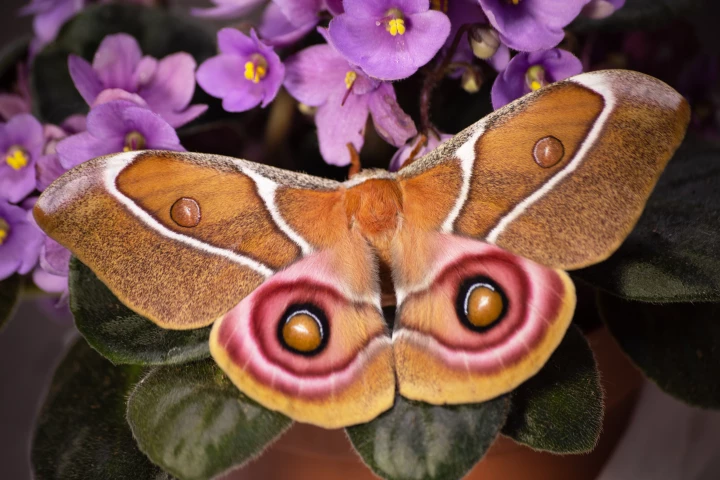Bats
-
While many insects that would otherwise become bat food rely on the sounds created by the nocturnal creatures to dodge their advances, deaf species of moth have no such luxury. These critters do have another trick up their sleeve, it turns out.
-
Ebola, Marburg, SARS, MERS, and now the new coronavirus Covid-19, all share one thing in common – they are thought to have originated in bats. But how do bats live with the viruses that seem to so easily kill other organisms?
-
Engineers are turning to bats to learn more about how to protect the thousands of miles of pipelines that cross the Earth by working on how to use nuclear radiation to mimic the sonic hunting system used by bats to locate their prey.
-
A team of researchers led by the University of Helsinki has used new miniaturized GPS tags to keep tabs on desert bats as they fly about in Kenya.
-
According to a US Geological Survey estimate, anywhere from tens of thousands to hundreds of thousands of bats are killed by wind turbines annually – in the US alone. New technology may help reduce those numbers, however, by causing the turbine blades to whistle at the animals.
-
Like the Wright Brothers, evolution didn’t get flight exactly right the first time. It takes experimentation to find the best design, and now palaeontologists have found one of nature’s quirky side projects – a strange dinosaur that was covered in feathers but had leathery bat-like wings.
-
Caused by a fungus known as Pseudogymnoascus destructans, white-nose syndrome is currently killing bats across North America at an alarming rate. There may be hope, however, as a potential vaccine has recently been shown to be effective at warding off the disease.
-
New research has described a novel peptide found in the venom of vampire bats could pave the way for an entirely new class of blood-pressure “wonder drugs”. However, the study is being stifled by drug cartels taking over the research site in Mexico.
-
A new genus of filovirus has been detected in bats in Southern China. The new virus is evolutionarily similar to the notorious Ebola and Marburg viruses, and while there is no current threat of a human outbreak, the researchers suspect it is capable of interspecies transmission.
-
Although wind turbines may be a valuable source of eco-friendly energy, they do have at least one drawback – bats are frequently killed by their spinning blades. A promising new system is designed to help keep that from happening, however, by producing an ultrasonic acoustic field.
-
A year ago, Philips Lighting (now called Signify) announced results of a study which showed that its ClearField red LED lighting didn't disrupt the behaviour of bats – unlike traditional streetlights. Now, the Dutch town of Zuidhoek-Nieuwkoop has become the first place to use the system.
-
Ordinarily, if you want to see what's going on in a bat's brain, you have to hold the animal immobile and wire it up – not the best setup for studying how it reacts while moving in the real world. Now, however, scientists have devised a method of recording the brain activity of free-flying bats.
Load More











